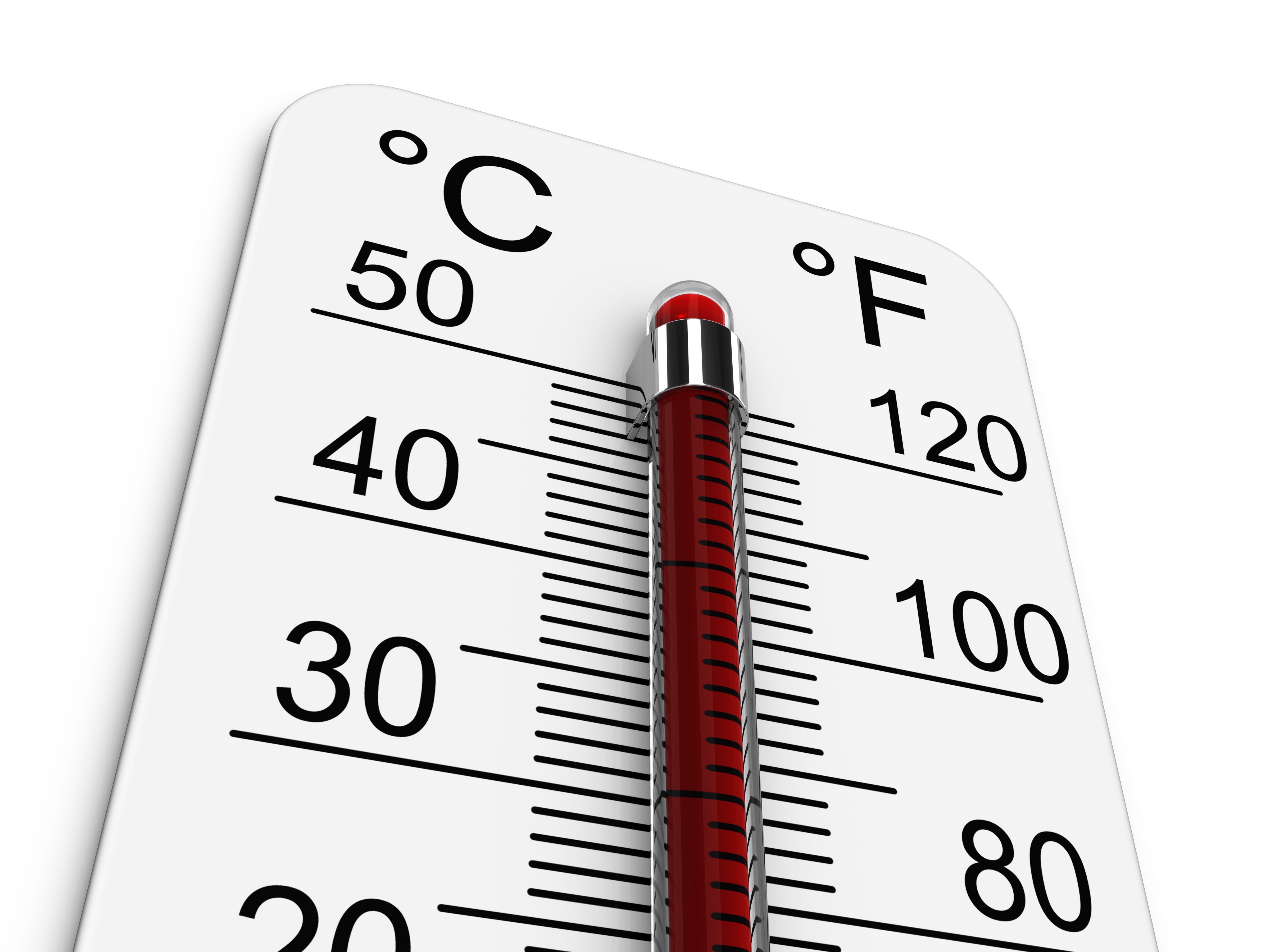Temperature Programming Refines Gas Chromatography Retention Parameter Measurements
The retention parameters defined in gas chromatography (GC) analysis using multiple temperature programs were comparable to those determined using isothermal GC measurements.
Researchers in the Food Chemistry department at the University of Bonn Institute of Nutritional and Food Sciences in Bonn, Germany, have published a study detailing what they call a fast and reliable method of delineating retention parameters based on a distribution-centric, three-parameter model using temperature-programmed gas chromatography (GC) (1). This approach allows for the estimation of retention behavior over a range of temperatures, which is useful for method development, optimization of GC techniques, and studying the effects of thermal gradients.
Thermometer indicates extremely high temperature | Image Credit: © D.R.3D - stock.adobe.com

The study published in the Journal of Chromatography A uses Newton’s method with a trust region to determine the three parameters, and the column diameter, of solutes as a minima of the difference between retention times both measured and calculated. The determined parameters can subsequently be used in method development of GC separation simulation.
Newton's method refers to a mathematical algorithm used to estimate the retention parameters in GC. It involves iteratively refining the parameters by calculating the difference between measured and calculated retention times. The method employs a trust region approach, which allows for more reliable estimation of the parameters along with the column diameter.
In defining the GC process, distribution coefficient K represents the ratio of concentration in a solute in the stationary phase to concentration in the mobile phase. But K is also dependent on temperature, and the researchers sought to predict the separation of multiple solutes over varying conditions provided by a range of temperatures. Such a prediction could have practical applications in developing and optimizing new GC or multidimensional GC methods, or investigating new GC technologies such as the influence of thermal gradients.
Isothermal GC measurements are the direct way to determine K at temperature T, but obtaining such measurements is time-consuming, particularly where a wide variety of solutes with differing volatilities is concerned. Using temperature programming, conversely, allows a broad range of solutes and the volatility of each to be estimated in a small number of programmed runs.
In this study, the researchers found that if assumed column length or column diameter deviated from their true values, then the estimated retention parameters would also deviate from the isothermal estimates. However, even though retention time predictions were still usable, the parameters could not be used for other columns with the same stationary phase.
Therefore, the use of Newton’s method with a trust region, in which the parameters are estimated along with the column diameter (in other words, the L/d-ratio), could be advantageous if the L/d-ratio, either the length or diameter of the column or both, cannot be calculated.
Comparing this newer method to isothermal GC measurements, temperature programming showed good agreement, with deviations of less than 0.5% in Tchar, or the parameter of characteristic temperature. Retention times in additional temperature-programmed measurements were predicted with less than 0.7% deviation. For these reasons, temperature programming was seen as an improvement over isothermal measurements of retention parameters.
Reference
(1) Leppert, J.; Brehmer, T.; Wüst, M.; Boeker, P. Estimation of retention parameters from temperature programmed gas chromatography. J. Chromatogr. A 2023, 1699, 464008. DOI: 10.1016/j.chroma.2023.464008
University of Rouen-Normandy Scientists Explore Eco-Friendly Sampling Approach for GC-HRMS
April 17th 2025Root exudates—substances secreted by living plant roots—are challenging to sample, as they are typically extracted using artificial devices and can vary widely in both quantity and composition across plant species.
Sorbonne Researchers Develop Miniaturized GC Detector for VOC Analysis
April 16th 2025A team of scientists from the Paris university developed and optimized MAVERIC, a miniaturized and autonomous gas chromatography (GC) system coupled to a nano-gravimetric detector (NGD) based on a NEMS (nano-electromechanical-system) resonator.
Miniaturized GC–MS Method for BVOC Analysis of Spanish Trees
April 16th 2025University of Valladolid scientists used a miniaturized method for analyzing biogenic volatile organic compounds (BVOCs) emitted by tree species, using headspace solid-phase microextraction coupled with gas chromatography and quadrupole time-of-flight mass spectrometry (HS-SPME-GC–QTOF-MS) has been developed.







